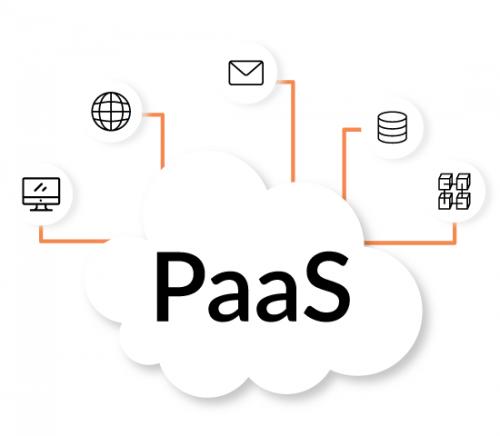Hyperconverged Systems: What is it and Why are they Needed?
A hyper-converged infrastructure (HCI) is an infrastructure in the cloud in which all components are a single whole. In such systems, computing power, servers, and the network component are interconnected by different software tools. At the same time, the hyper-converged system as a whole is managed using a common administration panel.
Such systems are needed as a single point of entry for technical support staff, which will facilitate the operation of the infrastructure. It usually helps to reduce the time spent on improving the infrastructure several times. Hyperconverged cloud services providers are easy to administer with just one IT specialist. and
The device of Hyperconverged systems
In a broad sense, hyper-convergence is the combination of computing power, shared resources, and storage facilities using standard components in building blocks. At the same time, the entire hyper-converged system as a whole does not depend on various physical devices: data is processed using special software.
Such systems include multiple physical modules containing a computing device, network components, servers, and a hypervisor. The entire system can be simply scaled up to the required capacity because all modules are combined into clusters. As a result, performance increases due to the growth in the number of modules and not the expansion of memory or the increase in the number of disks.
Differences Between a Hyperconverged System and a Classic One.
Classical IT infrastructure is called convergent. It involves a large number of devices with dedicated roles, such as data storage, computing, networking, etc. Maintaining a converged IT infrastructure requires a skilled workforce, significant data center resources, and hardware costs.
A hyper-converged approach to creating an IT infrastructure, on the contrary, makes it possible to significantly simplify it by consolidating all the leading roles within a single cluster, as well as reducing the cost of equipment, support, and data center resources.
Benefits of Hyperconverged systems.
Efficient use of time: Companies typically spend ⅘ of their available time running their IT infrastructure smoothly. And only ⅕ of the time remains for its improvement. This is because IT departments spend most of the working day on day-to-day operations.
According to IDC, hyper-converged systems allow organizations to spend more than 80% of their available time on projects related to development and innovation.
Cost reduction: The use of hyper-converged nodes relieves companies from purchasing and maintaining individual devices. In addition, hyper-converged systems do not require many specialists to maintain and manage. For example, one employee of the IT department is enough to control the unified management console.
It is worth noting that the use of hyper-converged systems helps to reduce the cost of storage equipment by one-third and reduces the amount of electricity consumed.
Easy scaling: When using hyper-converged systems, there is no need to buy and expand the number of disks, memory, and computing power. Instead, you can add a new module.
High level of performance: Hyperconverged systems contain USB sticks. Their difference from flash arrays is that they are located inside the server. Therefore, USB drives provide lower latency.
Disadvantages of Hyperconverged systems
High cost for small businesses. Although only one IT person is needed to manage hyperconverged systems, other employees in the company are required to pre-configure and configure the entire IT infrastructure. Therefore, hyper-converged systems are most often interesting for representatives of medium and large businesses with sufficient resources.
Payment per month, not as needed. Most often, hyperconverged platform providers do not have a pay-as-you-go (pay as you go) payment form. Therefore, their clients must be prepared to pay for services monthly.
Hyperconverged Platform
The hyper-converged platform is the perfect solution for corporate clients. There are a number of Hyperconverged platforms that have entered the register of domestic software. These platforms are the unified infrastructure of software-defined data center modules using Open Source technologies:
OS FreeBSD,
ZFS file system
BHyve hypervisor.
Thanks to the use of three technologies at once, these platforms have a high level of performance, especially in the network stack.
The main goal of the platform development is to create a fully managed enterprise-level virtual data center based on standard server hardware. These platforms are beating VMware, Oracle, and other enterprise storage and virtualization solutions in several ways as a more affordable but no less productive alternative.
Benefits of the Hyperconvergence platform:
The customer can determine the manufacturer of server hardware and components used in work. Even consumer-grade components are suitable for the hyper-convergence platform to work.
Savings on personnel costs: one employee is enough to manage a single interface.
Savings on licensing: customers do not need to approve idle equipment. Only the resources involved are taken into account.
Import substitution: the hyper-convergence platform is a development included in the register of software.
Rapid scaling: Hyperconvergence platforms allow the highest performing and most scalable HCI platforms on the market.








Comments